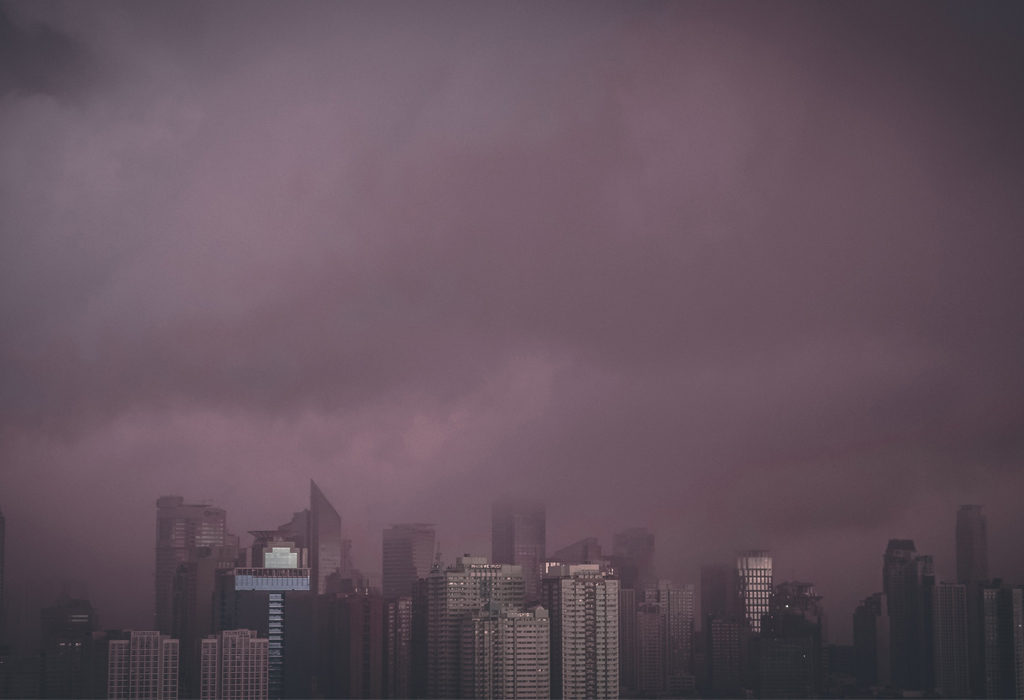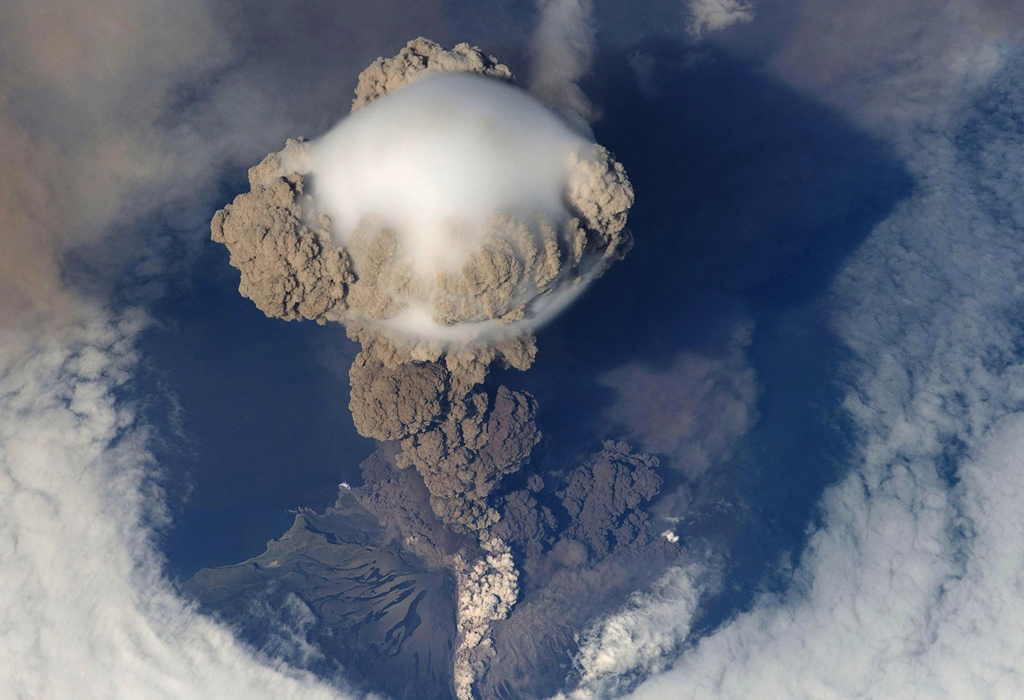Where does air pollution come from?
Air pollution affects the environment and health of people from all backgrounds. Some people, however, are exposed to more pollutants than others and may be more susceptible to adverse effects of air pollution exposure, for various reasons. The fix for air pollution is reducing emissions at the source. So, before we can attempt to reduce harm, we need to answer the question: where do the pollutants in our air come from?
By air pollution, we are referring to air that contains gases, dusts, fumes, chemicals, particulates or odour in harmful amounts. That is, amounts that are or could potentially be harmful to the health and comfort of humans and animals, or could cause damage to plants and materials. Air pollution may come from industrial, commercial, mobile and domestic sources.

Sources of hazardous air pollutants include vehicle emissions, industrial emissions, solid fuel combustion (such as wood smoke), paint fumes and adhesives used on building sites. Pollutants may also be biological and come from sources such as microbiological contamination—for example moulds, pollens, the skin of humans or animals, or the droppings of pests. These pollutants can have a serious impact on indoor air quality.
There are specific air pollutants, known as ‘criteria pollutants’, which are known, regulated and used as markers of air quality. In Australia, the national standards relate to six criteria pollutants in outdoor air—carbon monoxide, lead, nitrogen dioxide, ozone, particles and sulfur dioxide.
The number one source of outdoor air pollution is the burning of fossil fuels, primarily by motor vehicles. However, manufacturing industries, mining, and coal- and gas-fired power stations are also responsible for polluting the atmosphere. The exhaust from factories usually includes particulates and gases such as oxides of nitrogen and sulphur, sometimes carbon monoxide, and a range of organic compounds, some of which are cancer-causing. In countries such as Australia, a lot of work has been done to regulate, licence and control industrial emissions. Many developing countries do not have such tight regulation (if any at all), or if they do it may not be strictly enforced. However, there are some important sources of pollution that are presently unregulated including, for example, off-road diesel engines and ships.
Domestic sources of air pollution can also be important. These include wood heaters, backyard incinerators, cleaning chemicals and paint fumes. Most of our air pollution problems are caused by humans and by the machines and chemicals we use.

Nature can also play a part in polluting the air. Bushfires, volcanic eruptions and dust storms are just some of the environmental issues that can wreak havoc on air quality, causing breathing difficulty, reduced visibility, service disruption (such as to flight schedules) and damage to plant and animal life. Human activity can worsen the effects of ‘natural’ events—reducing the vegetation cover of soil for example may increase the severity of dust storms.
There are many ways that individuals, communities, urban planners, industry and governments can directly and indirectly reduce air pollution, such as minimising motor vehicle use and the burning of fossil fuels. It’s worth acting on—is there anything more vital to life than fresh air?





